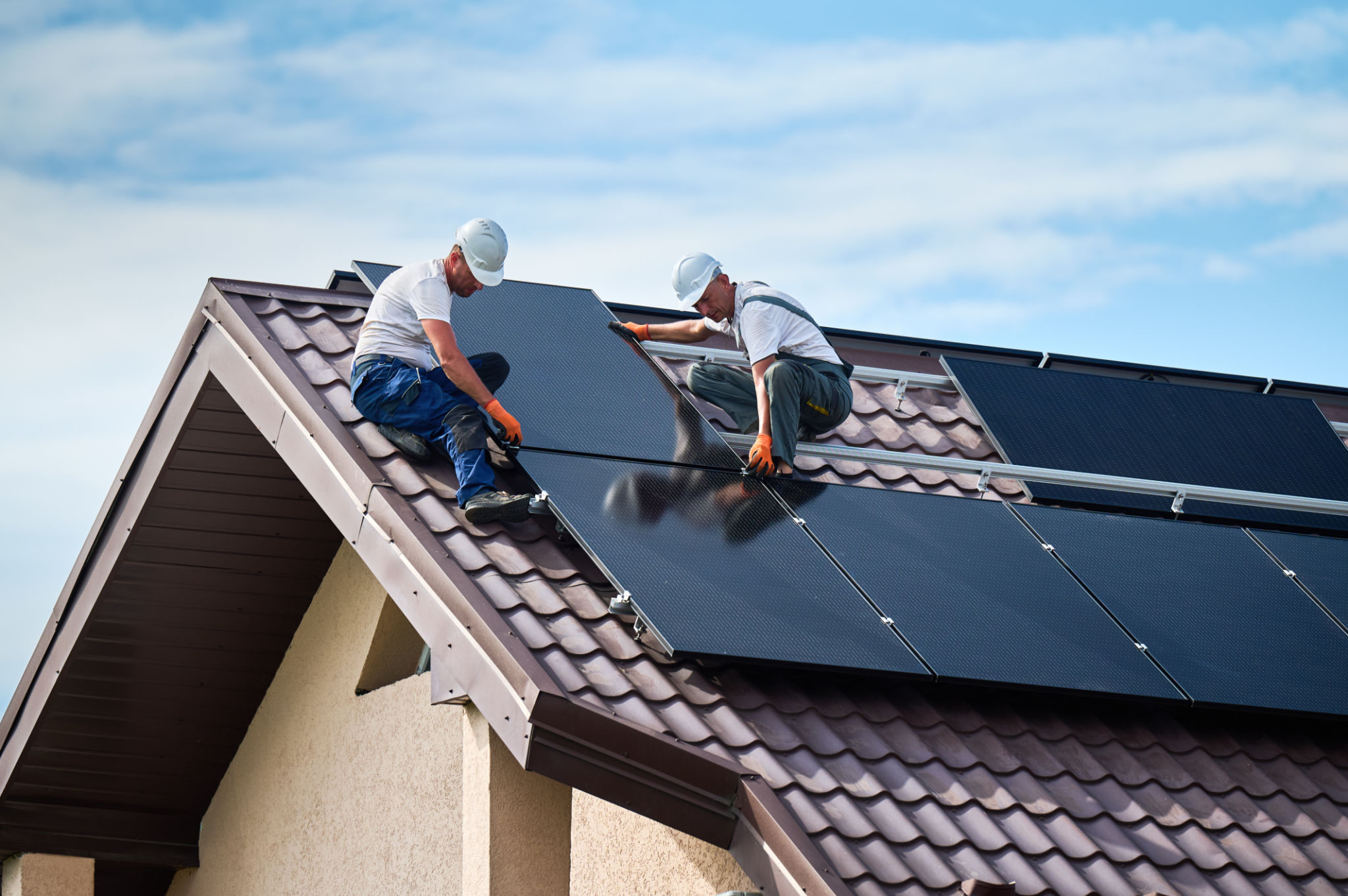The Impact of Seasonal Changes on Solar Energy Efficiency in Chicago
Understanding Solar Energy Efficiency
Solar energy efficiency refers to the ability of solar panels to convert sunlight into usable electricity. This efficiency is influenced by various factors, including the angle of the sun, panel technology, and environmental conditions. In a city like Chicago, where seasonal changes are pronounced, understanding these impacts is crucial for optimizing solar energy systems.
The Role of Seasonal Changes
Chicago experiences distinct seasons, each with unique characteristics affecting solar energy efficiency. During summer, longer daylight hours and higher sun angles typically result in increased solar energy production. Conversely, winter presents challenges with shorter days and lower sun angles, potentially reducing the effectiveness of solar panels.

Summer: The Peak Solar Season
In the summer months, Chicago enjoys extended daylight hours and higher solar radiation levels. The sun's angle is optimal for solar panels to capture maximum energy. This period is often considered the peak season for solar energy production. Homeowners and businesses with solar installations can expect a boost in energy efficiency, making it an ideal time to capitalize on solar power.
Additionally, clear skies and minimal cloud cover during summer further enhance the performance of solar panels. It's a time when maintenance checks can be scheduled to ensure systems are operating at peak efficiency.
Winter Challenges for Solar Energy
Winter in Chicago brings its own set of challenges for solar energy efficiency. Reduced daylight hours and a lower sun path mean that solar panels receive less direct sunlight. Moreover, snow accumulation on panels can obstruct sunlight absorption, necessitating regular clearing to maintain efficiency.

Despite these challenges, modern solar technology has made strides in improving performance during winter months. For instance, many solar panels are designed with anti-reflective coatings that help in capturing diffuse light even when direct sunlight is scarce.
Spring and Fall: Transitional Seasons
Spring and fall are transitional seasons that offer moderate conditions for solar energy production in Chicago. During these times, the sun's angle is neither too high nor too low, providing a balanced environment for solar panels. While not as productive as summer, these seasons still allow for significant energy capture.
These periods are also ideal for performing maintenance checks and system upgrades to prepare for the upcoming extremes of summer and winter.

Maximizing Efficiency Through Technology
Advancements in solar technology have made it possible to mitigate the impact of seasonal changes on energy efficiency. Tools such as solar trackers and smart inverters optimize the angle of panels and enhance energy conversion rates even during less favorable conditions. Implementing these technologies can significantly improve overall system performance.
Furthermore, integrating battery storage systems can help store excess energy produced during peak times, ensuring a steady supply even during low-production months like winter.
Conclusion
The impact of seasonal changes on solar energy efficiency in Chicago is a crucial consideration for anyone looking to invest in solar technology. By understanding these variations and leveraging modern technological solutions, users can optimize their systems for year-round performance. Whether in the peak days of summer or the shorter days of winter, effective planning and maintenance can ensure that solar energy remains a viable and efficient power source in Chicago.
